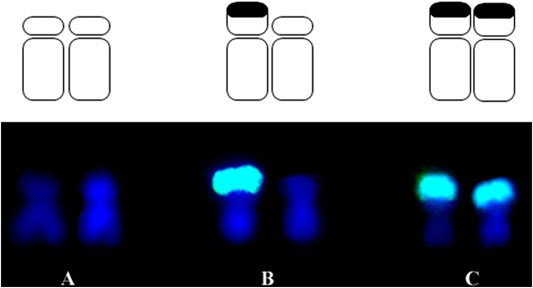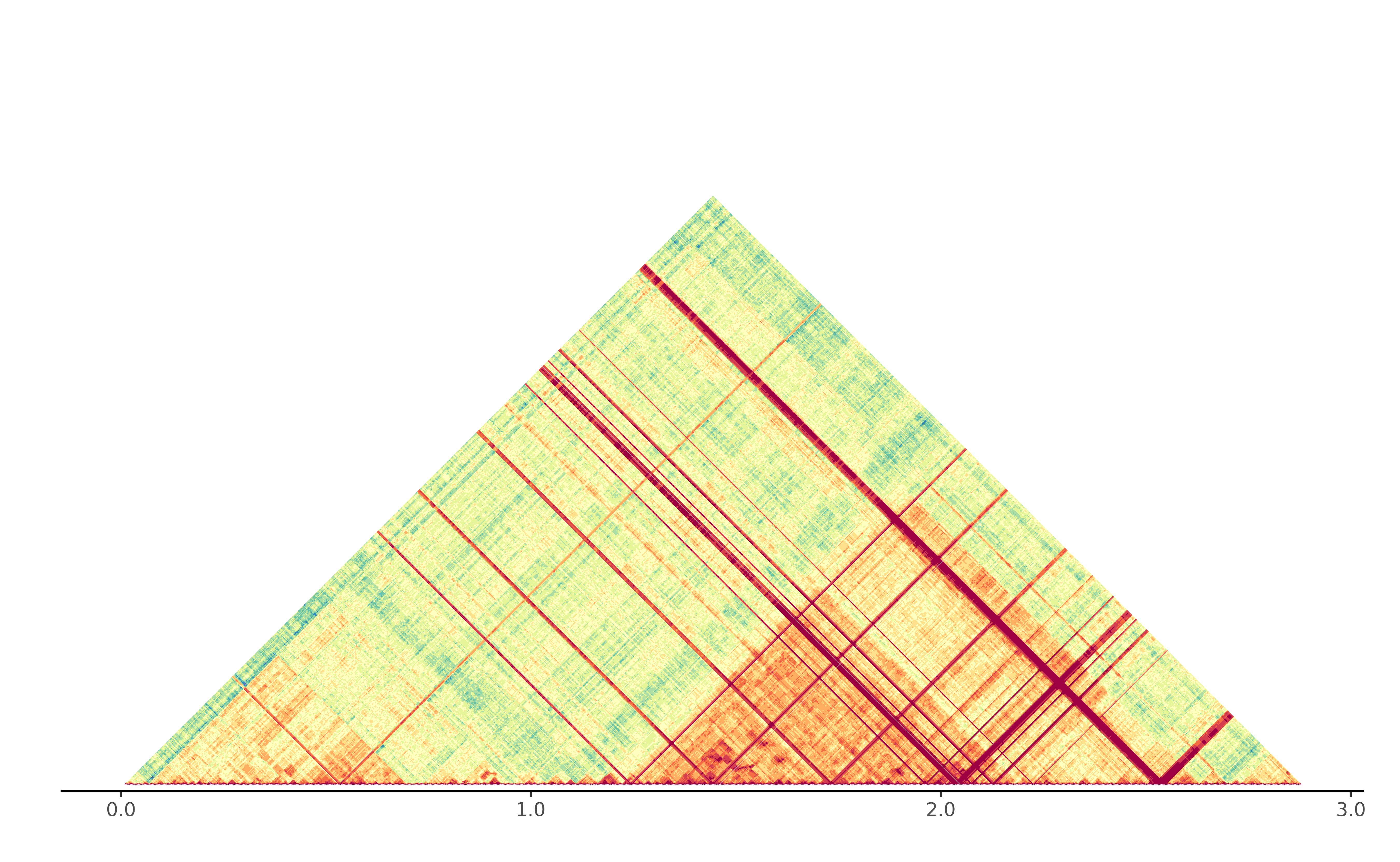Our Scientific Mission
Our aim is to unravel the enigmatic roles of constitutive heterochromatin, particularly knobs, as essential components of genetic function and natural systems

Unraveling the Enigmatic Role of Heterochromatin in Organisms and Their Environment

Our research group is devoted to the origin, evolution, physiological dynamic, structural organization, genome interaction, and responsiveness of the knob heterochromatins. We employed various approaches to address such complex questions, including molecular biology and genetics, bioinformatics, cytogenetics, cytogenomics, epigenetics, genomics, and chromatin analysis.
How we do it
○ Molecular Biology and Genetics.
○ Cytogenetics and Cytogenomics.
○ Bioinformatics and Genomics.
○ Epigenetics and Chromatin Analysis.
○ CRISPR-Cas9 Genome Editing
○ Plant Breeding & Phenotypic Evaluation


Vision
We see what nobody can see.
Mission
To reveal the mysteries of the genome.
Values
Truth above all and always, sincerity, team spirit, friendship, honesty, humbleness, loyalty, faithfulness, respect, and professionalism.
On the web since July 31, 2000.
About Us
Emil Heitz first described Constitutive Heterochromatin at the same time as McClintock described maize chromosome structures called knobs. Despite their gene-silence nature, heterochromatin knobs were efficiently used to identify each one of the maize chromosomes and characterize landraces, inbred lines, and varieties. Knob variability among races of maize and its presence in relative species provided clues about the origin and domestication of this important crop. Later, the studies showed maize knob heterochromatin structures as S-phase late replicating, mainly composed of a highly-repetitive satellite DNA named K180 and by a second satellite DNA family named TR1, with the arrays interrupted by transposable elements invasion. Knob heterochromatin maintains its structure by epigenetic modification. Despite their gene-silence nature, knobs have been associated with latitude and altitude adaptation, flowering time, and other phenotypic traits. However, their direct contribution to phenotype has yet to be universally accepted or proven. The knob composition is responsible for the genome size differences in some groups of landraces. These knobs appear in gene-rich regions interfering with gene recombination and expression. In some exceptional cases, in the presence of the abnormal chromosome 10, which contains certain additional knobs, the regular knobs acquire neocentromere function, activating a meiotic drive system and allowing preferential segregation of the chromatids carrying these heterochromatic structures. All these features represent a transgression to the regular rules of the central dogma of molecular biology. Hence, the knobs are genome dark matter as a direct analogy to the universe’s dark matter from physics.
Our research group is devoted to the origin, evolution, physiological dynamic, structural organization, genome interaction, and responsiveness of the knob heterochromatins. We employed various approaches to address such complex questions, including molecular biology and genetics, bioinformatics, cytogenetics, cytogenomics, epigenetics, genomics, and chromatin analysis. Thanks to knob diversity and using plant breeding strategies, we created a near-isogenic inbred line panel allowing Genome-Wide Association Studies [GWAS] to measure interactions with phenotypic traits through the isolation of heterochromatin effects. Other special inbred lines are in continued development, such as a knoblessness, a completely K180 empty line, that will be used to introgress specific knob positions and measure their responsiveness. A collection of wild species, called teosintes, maintained by our laboratory, represents the footsteps of the knobs heterochromatin evolution and has been used as a reference to understand the repetitive DNA sequence dynamics across time. We are also interested in the analysis of genomes sequenced from archeological samples addressing specifically the knob repetitive sequences. Our latest research focus centers on the utilization of genomic editing, employing the CRISPR-Cas9 system to induce specific knob modifications for investigating the repercussions of these alterations on their structure, dynamics, and behavior throughout the cell cycle, plant development, and potential implications for the phenotype. Our entire scientific endeavor is directed towards comprehending the role of these enigmatic genomic structures, known as constitutive heterochromatin, in the functioning of organismal genetics and as an integral component of the natural system.


